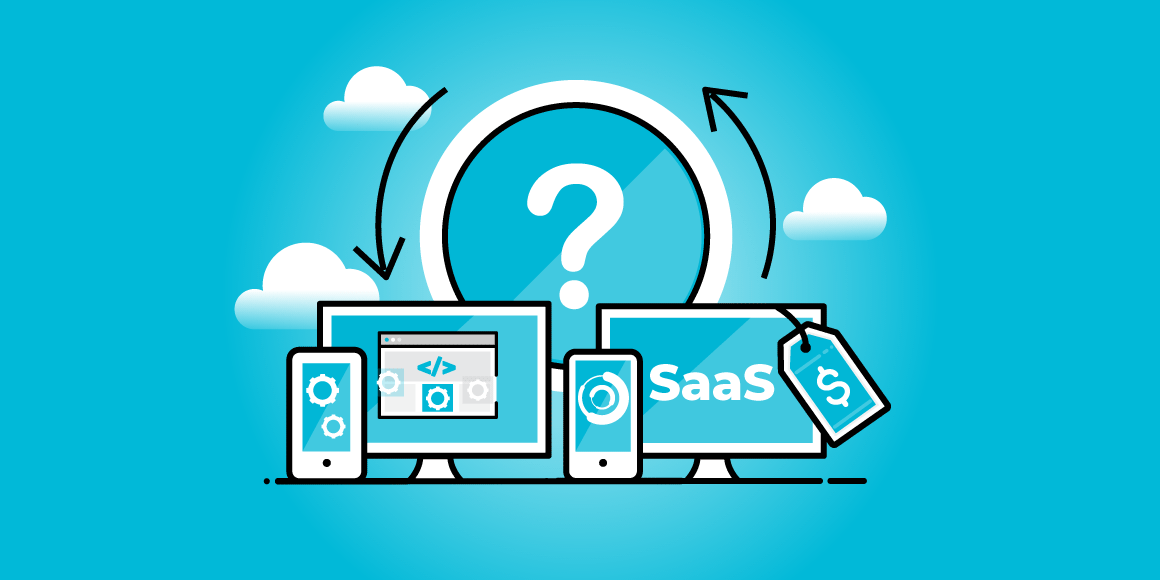For manufacturers and large distributors, one of the biggest challenges is connecting with the end consumer. You invest in high-quality products, marketing campaigns, and digital strategies, yet true brand loyalty remains elusive. Why? Because today’s consumers expect a personalized experience—one that makes them feel understood and valued at every touchpoint.
This level of personalization can be difficult to attain when you’re a B2B business in a channel with frequent down-channel B2C interactions. A big part of the problem is that delivering that level of personalization requires data. And in a market where your direct interactions with end users are limited, gathering that data—and more importantly, using it effectively—can be tough.
For the most part, you rely on your network of dealers, jobbers, and repair shops for these interactions. These partners—especially the smaller ones—are often on the front lines of your brand awareness. They’re the ones who can be your best brand advocates to the end-user. Of course, they don’t have to be, and whether or not they make this choice often comes down to the question: “What’s in it for me?”
So, what you ultimately want is to create a seamless “loyalty loop,” where personalized experiences sustain repeat dealer business, and in turn deeper end-user brand engagement. But because your relationship to these partners is also often indirect or at a distance, it can be a challenge just to understand what motivates them and helps them succeed. Fortunately, that’s where incentives come in.
What We’ve Found
At the end of 2024, we put out a detailed research report titled “Small Shops, Big Impact: Driving Loyalty in the Auto Aftermarket”. In the report, we started out by mentioning some key industry figures that highlight the importance of smaller dealers and repair shops and the role they can play in the auto aftermarket channel:
- Small, independent tire dealers account for 66% of the consumer tire retail channel (Modern Tire Dealers)
- General repair shops are slowly gaining market share of automotive services from dealerships, rising from 27% of all service visits in 2021 to 28% in 2023. (Cox Automotive)
- For the first time ever, repair shops ranked #1 in consumers’ most preferred service provider, with 33% preferring these compared to 31% for dealers (Cox Automotive)
But this is just the tip of the iceberg. In addition to their growing influence on consumers, these smaller dealers and shops play a number of key roles that can add value to the channel:
- They diversify your channel. These partners are localized, providing geographic variance and dispersion of risk. This is useful should a larger partner decide to shift their brand alignment away from you and towards a competitor.
- They offer insights into the end-user. Because of their small size, these dealers and repair shops often have managers, sales reps, and technicians who know and understand the customers they’re interacting with on a day-to-day basis. They are your “boots on the ground”. They can provide invaluable insights into what your end-users are looking for and how they’re feeling. This makes it easier to turn insights into data, and to then make that data actionable.
- They can help you identify industry trends more quickly. If the weather changes out at sea, it’s much easier to change course if you’re a 50-foot yacht versus a 500-foot cruise ship. Smaller dealers and repair shops can provide more granular data about the niche markets they serve—or what McKinsey & Company call “Micromarkets”—suggesting the need for strategic shifts well before big box stores or other large dealers can separate the signal from the noise.
The Opportunity
To capitalize on this value, though, you’ll need to understand what makes these smaller dealers tick. This is the answer to the “what’s in it for me” question we first mentioned, and it can be awfully hard to nail down if you’re not in direct communication with these dealers.
That’s why in our report, we’ve tried to help bridge that chasm. For example, we learned that your smaller dealers:
- Want their incentives to be simple and VERY easy to use
- Are often participating in more than one incentive program
- Frequently get frustrated with administrative burdens
- May be willing to invest more time and energy in an incentive program/promotion—if there’s a travel reward tied to it
- Recognize the need to provide a more convenient service experience with a 21st-century digital sales approach
These are just a few of the data points, but our report shines a light on these and many others. The challenge is what to do with this knowledge once you have it?
We’ve seen firsthand the importance of personalizing channel incentives in other industries. In the automotive aftermarket, this may be even more crucial. When you’re trying to build end-user loyalty, your down-channel partners, particularly repair shops and smaller independent dealers, can turn out to be some of your most valuable assets.
These businesses have direct, trusted relationships with the people who are quite literally driving your products. They’re the ones guiding repair decisions, making product recommendations, and influencing brand perceptions.
When this group is leveraged strategically, they don’t just help you reach your end consumers—they become the key to keeping them loyal to your brand. But how can you work more closely with your smaller partners, especially if you don’t know them very well? Like trying to stay connected to a distant cousin, there’s often not enough personal interactions to generate the kind of relationship you need to have a long-lasting effect.
But the right channel incentive program can fill this gap, connecting you to these smaller dealers, and ultimately your end-users. You’re probably already offering some incentives—be they volume discounts, rebates, loyalty programs, etc.—to the larger members of your aftermarket dealer network. Maybe it’s time to reevaluate the scope and precision of these offerings, and see if there’s any additional ROI you can squeeze out of your more neglected, smaller dealers and shops.
The Solution
A good place to start is to identify and target the key points of influence in your dealer network. Who’s making the decisions at your smaller dealers and jobbers? Who’s influencing end-user decisions in the array of local repair shops using your products?
Once you’ve done this, you can start to tailor your incentive structures in ways that directly apply to these individuals’ needs and capabilities. No, it doesn’t have to be 1,000 one-offs for each specific location (though this would be nice, wouldn’t it?). But enhancing your analysis by shop size, type, or geography, can help you get a better sense of who needs to be targeted where.
This can help you provide more personalized dealer-level incentives that can also simultaneously work to gather data about your end-users. Driving sales growth may be the door that needs unlocking, but in many cases, the data is the key.
Some things to consider as you’re strategizing how best to optimize your opportunity with this network:
- Use “sell-out” promotions (versus “load-in” incentives), particularly when it comes to launching new product models. After all, auto parts like tires and brake pads aren’t typical consumer products that can sell themselves. End-users need to be made aware of these newer offerings, so it’s often incumbent on brands to help local dealers, repair shop managers, technicians, etc. do a better job of promoting and advertising them.
- Consider the size of who you’re trying to incentivize. These smaller dealers probably aren’t going to be as influenced by a more traditional, one-size-fits-all loyalty program. Why? Because they’re simply not doing enough volume to make an impact when compared to their larger peers. If you decide to run a loyalty program, could you design the earnings and rewards structures into tiers based on dealer size or sales volume?
- What kind of user experience are these dealers providing to their customers—your end-users? Do they have a website, much less an app? Can customers make appointments online? Is SMS text-messaging being offered? Can customers take advantage of promotions, or redeem rebates digitally? All of these questions are being asked by your end-users. And while you can’t control what each individual shop is doing, you can at the very least make sales funds, tools, or data available to them that could be used to enhance their businesses.
- Get a sense of where these dealers could benefit from product or services training. If you’re asking them to promote a complex or commoditized product, or a technical solution, are you also arming them with the knowledge necessary to talk about and implement it?
- You want big impact? We’ve found that incentive trips are frequently the most effective form of reward for this cohort. These folks are often bogged down in the day-to-day running of their businesses—they may not have the time or resources to plan an all-inclusive trip to Cancun for themselves. Giving them the opportunity to earn it—without having to plan it!—can have a meaningful and material impact on their lives. It’s also an experience that will stick with them for years to come, and one that they’ll always associate with your brand. Just don’t forget to include the spouses or partners in this offering!
Conclusion
In the end, personalization in channel incentives is a big driver of success, but it’s nearly impossible to achieve if your channel partners aren’t all marching towards the same goal. So before you implement any of the above, you may need to ask: is the strategy that you’re communicating to your larger distributors consistent with what’s being shared with smaller dealers? Or is this message getting muddled along the way?
It’s going to be hard to provide a clear incentive structure or promotion that motivates at the individual level if the overarching program goals and messaging aren’t in channel-alignment. If you can accomplish this sort of consistent messaging, then you can start to implement your strategy more tactically—moving the needle for your dealer network, your end-users . . . and you.




%20copy%205.png)
